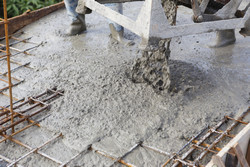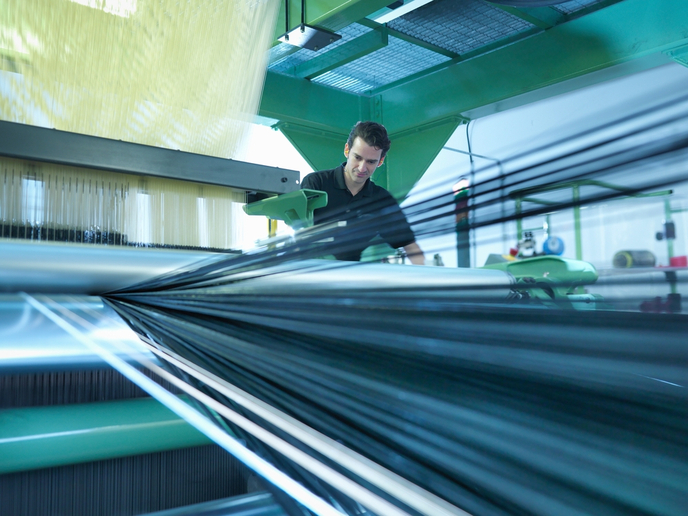New environmentally friendly fibre-reinforced cement
FRC is a tough and damage-resistant building material that plays a key role in the construction industry. But, for every tonne of FRC manufactured, nearly a tonne of carbon dioxide (CO2) waste is generated. The EU-backed FIBCEM (Nanotechnology enhanced extruded fibre reinforced foam cement based environmentally friendly sandwich material for building applications) project addressed this problem by creating a more eco-friendly product. Project partners developed an advanced low-density composite material with a lower CO2 footprint. This was achieved by using a foam core to replace part of the cement with materials such as fly ash and silica fume, and the use of a low-energy extrusion manufacturing process. The material developed, known as FIBCEM Plan B, offers better environmental results in all impact categories compared to equivalent commercial products. It also shows similar acoustic properties, thermal properties and fire proof capability to existing FRC-based products. Low density was achieved by incorporating air by means of 'superabsorbent polymers' (SAPs) and 'chemical foaming agents' (CFAs). Researchers concluded that SAPs work well for controlled cell porosity generation and that adding SAPs promotes cement hydration. The team developed and tested nanoclay particles for use in the cement skin and experimented with modifications that would enhance various properties of the material. The surface-modified nanoclays were made compatible with FRC and cement foams by selected surfactant and dispersant, which enabled uniform dispersions of nanoclays. Recommendations on the ratio of the agents to organoclay were made to account for the adsorption of nanoclay particles. The developed core and skin materials were extruded separately. Following the extrusion process, a FIBCEM 'sandwich' material was experimentally made by combining the layers. The product samples made under Plan B for the test were not extruded. The potential of the product made under Plan B has to be evaluated further prior to deciding on future actions.
Keywords
Cement, fibre-reinforced cement, building, nanotechnology, sandwich material, low-energy extrusion







